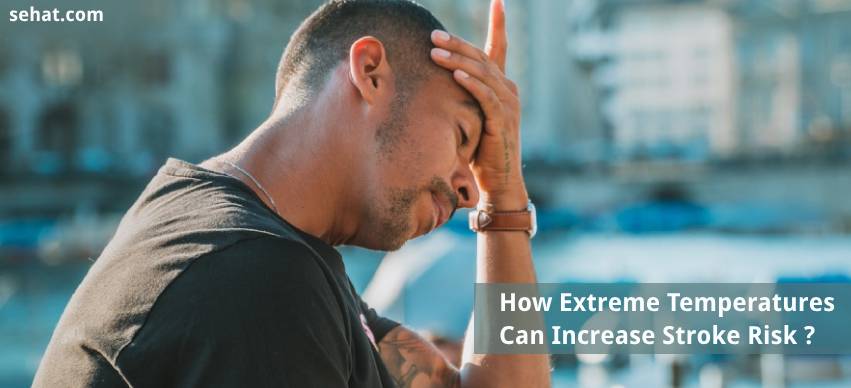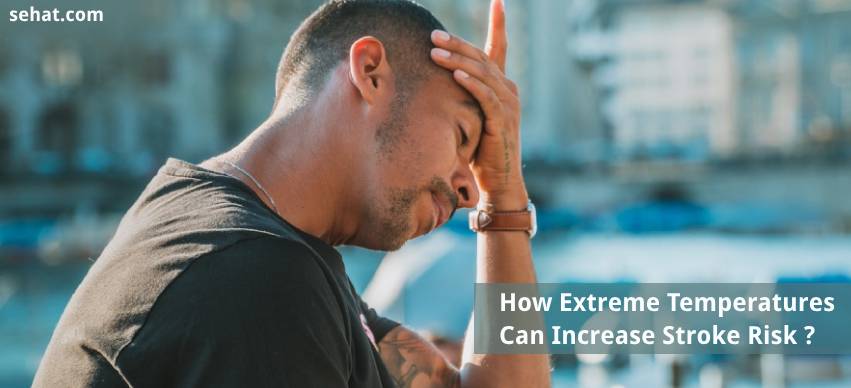Everyday Habits That Can Protect Your Eyes from Damage
4 Min Read


Since the industrial age, global warming has become an issue that’s been gradually getting worse. While it’s something that has been developed over the course of many years, in recent times, the rate at which global warming increases has picked up. Researchers have found that this gradual increase in the planet’s temperature affects the number of stroke cases globally. Let’s take a closer look at how heat affects stroke and causes other health problems.
When temperatures rise, it’s important to understand how it can affect your health. There are several heat-related illnesses that can develop. The higher the temperature, the greater the chance of actually experiencing these effects.
Let’s take a closer look at three specific side effects that can happen when you’re exposed to hot temperatures:
Understanding how hot temperatures can contribute to heat stroke is important. This gives you a better idea of what happens in your body when you’re exposed to hot temperatures.
When you’re in an environment that’s hot, your body starts to sweat more. The sweating further increases when you’re physically active. You lose both salt and water when you sweat, and without replenishment, this loss of fluids and electrolytes can cause severe dehydration.
It’s important to remember that your body is mostly made up of water. If you become dehydrated, then a number of complications can happen.
The symptoms usually start with thirst and fatigue. Your mouth and tongue may start to feel dry. Your skin becomes dry, and you start experiencing a headache. The symptoms gradually begin to get worse as your body becomes more dehydrated.
When you become severely dehydrated, then you may experience rapid breathing, and a fast heartbeat, and some people may faint.
Apart from dehydration, hot temperatures can also have an impact on blood circulation. If your blood flow begins to slow down, then this can further increase the risk of experiencing a stroke.
Another factor that we should also consider here is that, depending on how warm it is, it’s possible for your body to have a higher level of heat gain compared to heat loss. In such a case, your cardiac output isn’t able to keep up with the thermoregulatory requirements of your body, and this is also something that can result in a stroke.
The combination of dehydration, slowed blood circulation, and your body’s inability to reduce its own temperature makes a person more likely to experience different kinds of strokes, including arterial and an ischemic stroke.
The increase in the earth’s temperature is not only affecting the weather but may also be contributing to a higher rate of strokes. Apart from the more immediate impact, warm temperatures can also have a lag effect that can last for up to four days, according to recent studies.